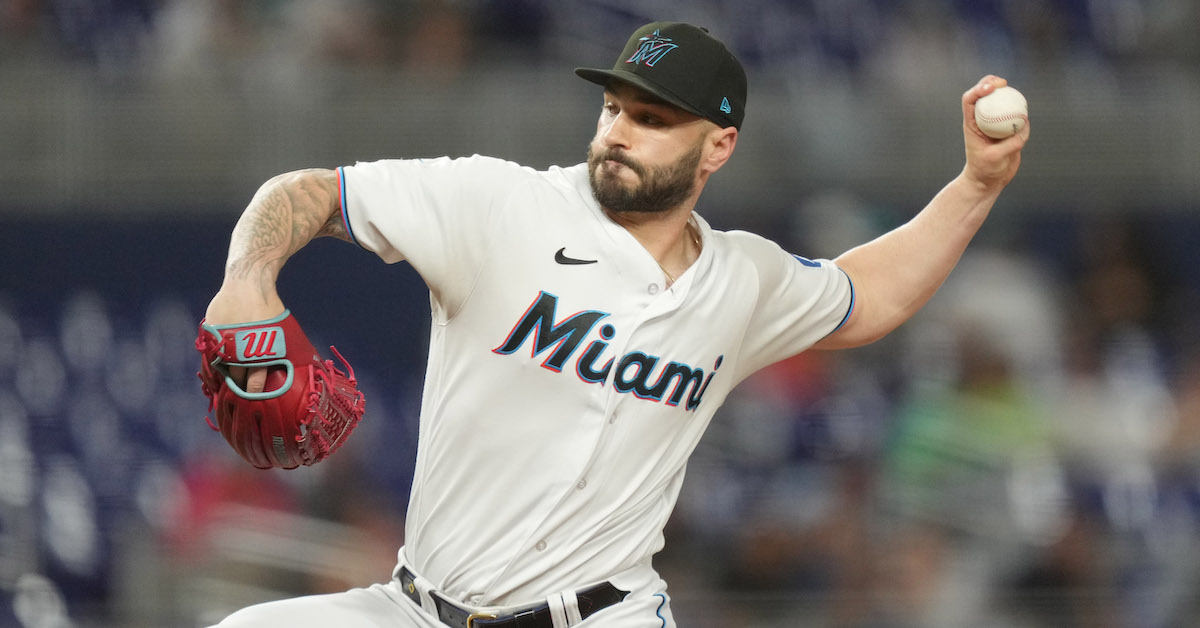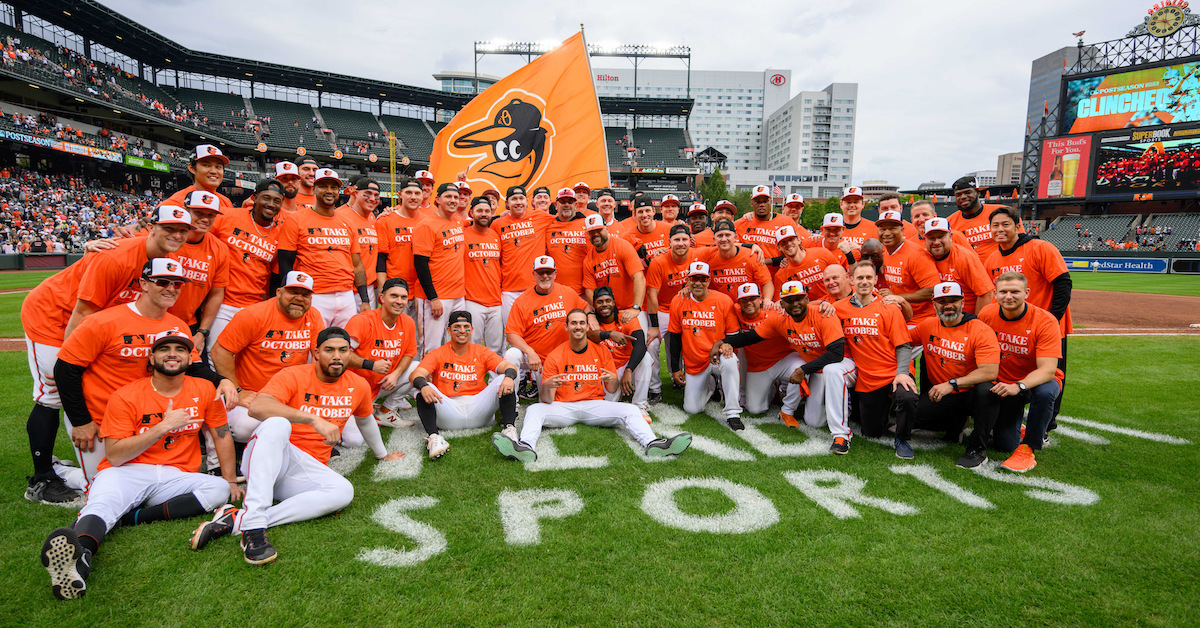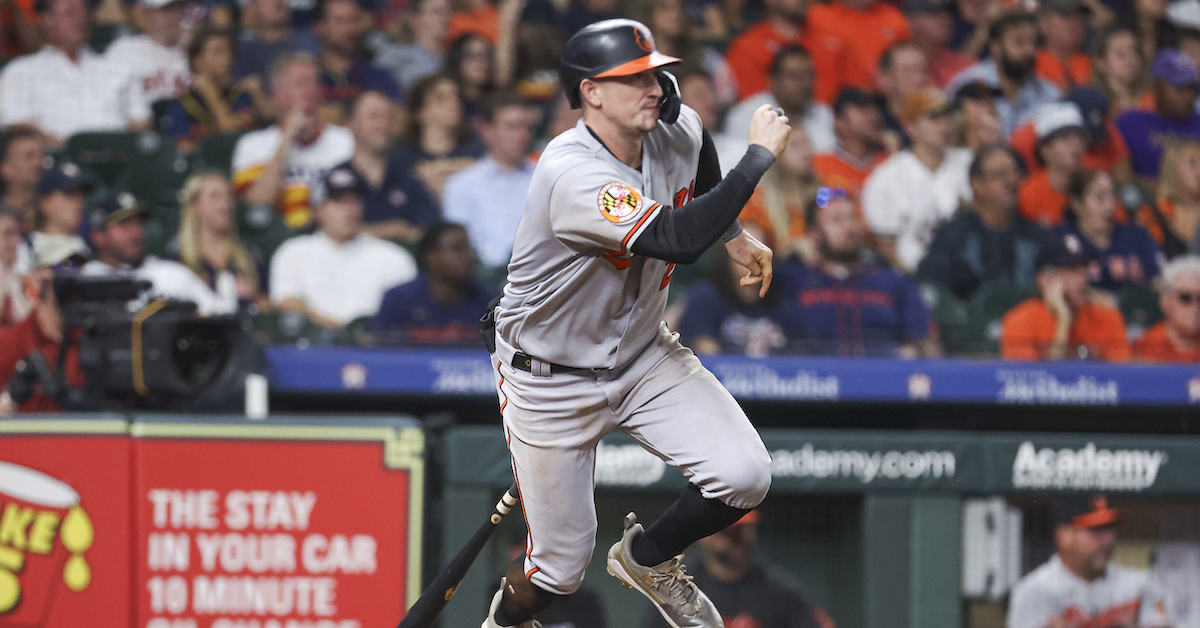For These Teams, Letting the Kids Play Has Paid Off

The rookies took the spotlight this past Saturday in Baltimore, as the Orioles battled the Rays and clinched their first playoff berth since 2016 via an 8-0 victory. Leading the way on the offensive side was 22-year-old Gunnar Henderson, who led off the first inning with a first-pitch single off Tyler Glasnow and came around to score the game’s first run, then added a two-run homer in the second and an RBI single in the fourth, helping to stake rookie starter Grayson Rodriguez to a 5-0 lead. The 23-year-old righty turned in the best start of his brief big league career, spinning eight shutout innings while striking out seven and allowing just five baserunners. A day later, when the Orioles beat the Rays in 11 innings to reclaim the AL East lead, a trio of rookies — Shintaro Fujinami, Yennier Cano, and DL Hall — combined to allow just one hit and one unearned run over the final three frames.
Earlier this month, colleague Chris Gilligan highlighted the contributions of this year’s rookie class. With just under four weeks to go in the regular season at that point, rookie pitchers and position players had combined to produce more WAR than all but three other classes since the turn of the millennium. Collectively they’re now second only to the Class of 2015 (more on which below), and since the publication of that piece, four teams besides the Orioles, all heavy with rookie contributions, have made headway in the playoff races. The Dodgers clinched the NL West for the 10th time in 11 years on Saturday, while the Mariners and Diamondbacks are clinging to Wild Card spots, and the Reds are in the thick of the NL race as well. Read the rest of this entry »









